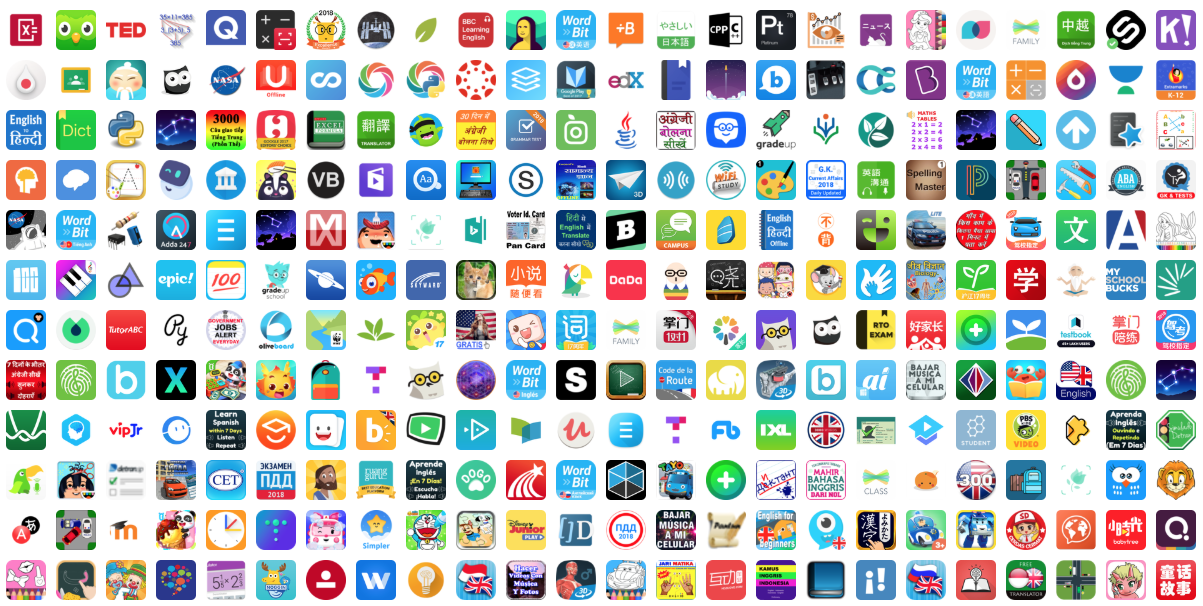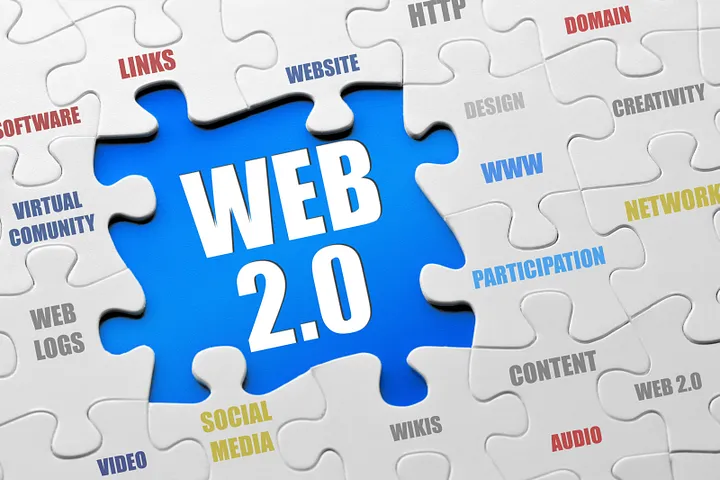Learning Beyond the Classroom: 5 Educational Apps Every High School Student in the U.S. Should Try
When I was in high school, learning outside class mostly meant flipping through worn-out textbooks or watching slow YouTube tutorials that barely held my attention. But things have changed. Today’s students have something we never had — smart, interactive learning apps that don’t just cover textbooks, but teach everything from calculus and coding to building your own robot.






